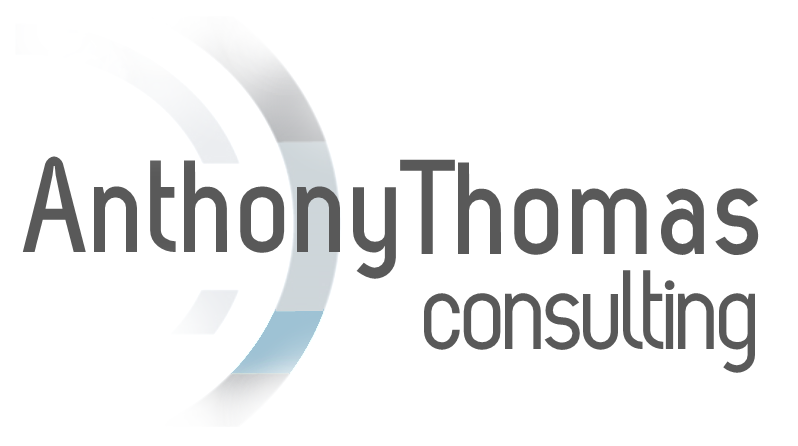CloudERP
Where is the ERP data stored? How do the clients connect to the ERP system?
The terms Cloud Computing and Cloud ERP have been growing in popularity in recent years. In the broadest term, Cloud ERP is simply the use of the Internet to access your ERP system. This generic understanding of Cloud ERP, lends to several variations that can be confusing.
So where is the ERP data stored?
A typical ERP system uses a database management system (DBMS) to store, retrieve, display, and manipulate the data. Examples of this include SQL server, MySQL, Oracle, Sybase, and Informix. These DBMS are installed and maintained in one of three environments:
- On-Premise (Private Cloud):
This was the traditional approach for most Legacy ERP systems. A Legacy ERP system are those that were originally built for desktop applications. You typically would install the desktop version of the ERP system on each workstation that needed access. As Cloud ERP became more and more popular, the On-Premise definition turned into the Private Cloud. In a Private Cloud, you host your database on your own server and you own the software. Essentially, a Private Cloud is an On-Premise deployment where your data in accessible outside of your local network. The Private Cloud is usually the most expensive option, but some argue the safest since only your data in stored on the server.
- Hosted/Hybrid (Semi-Private):
The Hybrid approach involves storing your ERP data in a hosted environment. Typically, a hosted environment is where you contract with a 3rd party vendor to store and maintain your database. You will usually pay a fee that is based on number of servers, usage, storage space, users, etc. The vendor will also take over the maintenance of the database and either perform or help with software upgrades. This option provides more scalability since you can purchase more server power (memory, storage, etc) from your vendor very quickly.
- SaaS- (Public Cloud):
SaaS stands for Software-as-a-Service. In this approach, your data is hosted on a public cloud infrastructure such as Microsoft Azure and Rackspace. You will typically pay a monthly subscription per user or per company. You do not have to worry about software upgrades or server maintenance since it is included in your monthly subscription. This option is the easiest and cheapest to implement, but some view it as less secure since you share resources with other customers.
There are many considerations to take into account when deciding how to host your data. Your current ERP system might dictate which method you have to use, but most ERP products have the capability to offer multiple approaches.
How do clients connect to the ERP system?
This is where you begin to see the biggest difference between Legacy Cloud ERP systems and Authentic Cloud ERP systems. Unlike a Legacy Cloud ERP system, an Authentic Cloud ERP system was built for browser application. That is, it was created with the intention that users would access the ERP system using an internet browser. This enables several distinct advantages for these Authentic Cloud ERP systems:
- Remote Connectivity:
A Legacy ERP system typically relies on a client-side remote terminal application, such as Citrix and Windows Terminal Server. The terminal application has to be installed on every device (desktop or mobile). It also adds cost to the Cloud ERP system. An Authentic Cloud ERP system only needs an internet browner to connect to the database.
- Security Issues:
A Legacy ERP system was built to reside behind a company’s firewall. They were never really intended to be exposed to the internet. They typically take longer to adapt to newer internet standards.
- Integrations:
With a Legacy ERP, you usually will need to use a 3rd party integration tool to import/export data into your system. However, many of the integration tools provide very sophisticated integration capabilities. There typically will be a higher cost associated with integrations with a Legacy ERP. The Authentic ERP allows access to every screen through Web Services and APIs.
- Mobile Applications:
Legacy ERP were never intended to work from a mobile device. We can still utilize remote applications installed on the mobile devices to connect to the database. However, the Authentic ERP system tends to function better and respond faster on mobile devices.
As you can see, there are several different combinations of “Cloud ERP” available to choose from. There are several factors that you should consider when deciding to take your business to the cloud, and we are here to help every step of the way. Careful planning can enable your business to take full advantage of the Cloud with the scalability to increase or decrease your ERP requirements as quickly as possible.
